What is fertigation and what fertilizers are used for it?
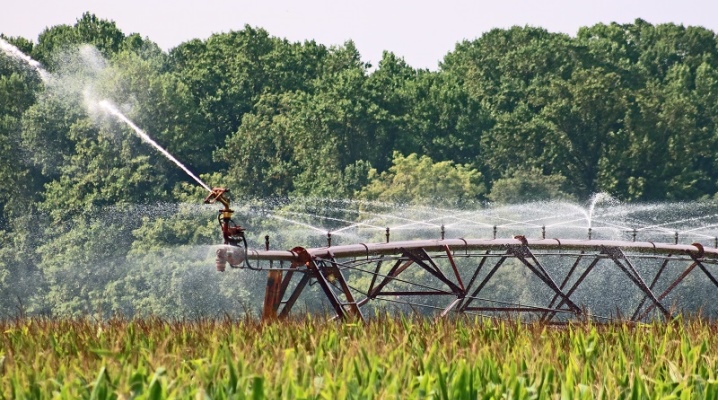
Farmers and gardeners can be very interested in what fertigation is. In this article, we will consider the drip irrigation fertigation system, give an overview of the equipment and the rate of consumption of insecticides. The fertilizers used are a separate topic.

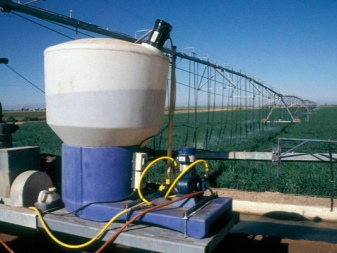
What it is?
Already in ancient times, plowmen, gardeners and gardeners found out that fertilizers need to be applied to the soil - then its productivity is maintained at a very high level. For many centuries and even millennia, the main experiments were carried out with various chemical compositions of fertilizers. But only recently they revised the very approach to their laying - from solid additives they began to move more and more to liquid ones. This is how fertigation appeared — an original method of introducing nutrients into the soil, which makes it possible to count on high yields and is attractive from an economic point of view. For the first time, such solutions began to be used in the 1970s in Israel.
A system of drip irrigation of desert lands was introduced there. And it was quite logical that the thought arose that fertilizers and other necessary substances can also be added exclusively in the form of irrigation. This technology was quickly picked up in other countries, where fertigation is used on many millions of hectares. The area covered by it is growing every year. All organic and mineral components are mixed in advance, so they are delivered to the root system as quickly and efficiently as possible.
Specific consumption rates of insecticides depend primarily on the product used. So, the popular "Aktara" is consumed at 0.4 kg per 1 ha with a stem height of up to 1 m. If it is more than this mark, the costs are doubled. Previkur Energy uses 3 liters per hectare.
It is necessary to be guided first of all by the instructions of the manufacturers, and in case of any doubts - seek advice from experienced agronomists.
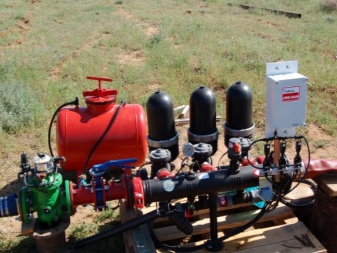
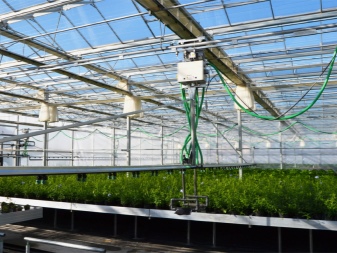
When is it needed?
Fertigation is used primarily in industrial agriculture. There, it increasingly develops into aeroponics - the art of growing plants without soil. However, an increasing number of gardeners and gardeners are also joining fertigation technologies. The advantage of this technique is that the liquid fertilizer is much easier to distribute uniformly than the solid. This circumstance is especially important when keeping "capricious" crops, which suffer from both insufficient and excessive feeding.
Absorption of nutrients will be 100%. Therefore, bookmarks can be done less often and less, reducing the labor intensity of work and eliminating unnecessary stress on the natural environment. Unlike conventional fertilization, you don't have to adapt to weather conditions. The cost of feeding is lower, since a significant part of the direct efforts of workers is replaced by the contribution of automation. It becomes possible to add fertilizers in the second part of the growing season, when it is very difficult to mechanically feed the plants.
Drip feeding with useful substances is very helpful in areas with uneven terrain. The situation is excluded when the main part of the embedded substance is collected in the lowland, and the tops of the relief receive less of it. Since even solid formulations have to be dissolved, the difference between them and liquid dressings disappears in ease of use.Irrational losses of nutrients are minimized. The method works equally well in open and closed ground.
However, fertigation also has weaknesses:
- you have to purchase, install equipment;
- the calculation of dosages is very complicated, and only trained professionals can make it clearly;
- there is a possibility of clogging of the irrigation system with insoluble residues;
- not all fertilizers can be applied in this way.
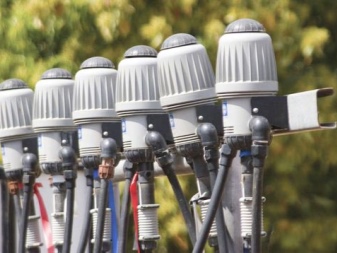
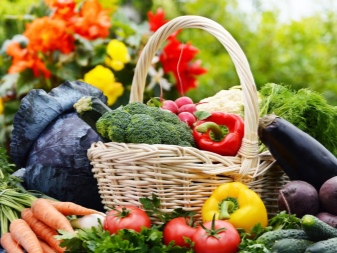
Necessary equipment
Drip irrigation and fertigation require quite a variety of equipment. Injectors play an important role. They inject fluids into a pressurized stream. The outer casing is made of polypropylene or polyvinyl chloride. With the help of injectors, liquids can be mixed perfectly, taking advantage of the pressure difference.
When liquid enters the injector, it is pushed into the injection chamber, where it begins to move faster. At the same time, the pressure drops, and a new portion of the substance is drawn in. Modern injectors are designed for a minimum pressure difference between the inlet and outlet. Such a technique is inexpensive and almost always does without external energy sources; it's easy to maintain. On leading plantations, fertigation is carried out using metering pumps that ensure the most accurate liquid distribution. In particular, such equipment is supplied by the Israeli concern Tefen. The dispenser it produces Mixrite does not need power supply. The driving force is taken from the water supply pressure. Pressure consumption is minimized. The device itself is unpretentious and also does not require complex maintenance, it is widely and successfully used in different parts of the world.
For fertigation, the "Venturi" injection dispenser is also often used.... But the feeding substances themselves are always in the fertilizer container. It is a tightly closed tank. In it, taps are placed at the inlet and on the pouring circuit.
The fluid intake is due to the small pressure drop. The injection unit smooths out fluctuations in the concentration of the solution, and a homogeneous mixture is already flowing through the main irrigation system.
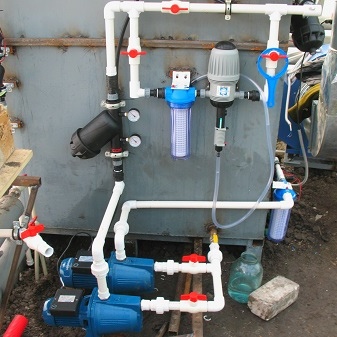
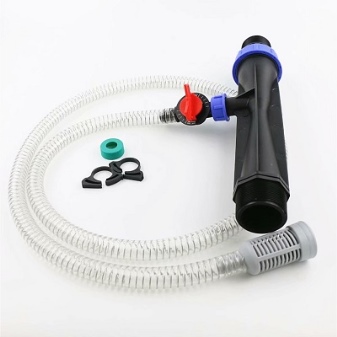
Fertilizers used
Above, it has already been mentioned about the limited variety of formulations used. And the main reason for this is that only initially liquid and water-soluble preparations can be laid. Among the latter, there are:
- "Kristalon";
- Terraflex;
- Novalon;
- combined "Kemira";
- Fertikair;
- "Universol";
- potassium monophosphate;
- urea.
Rare complex fertilizers are banned... An attempt to introduce them often turns into a complete failure of the irrigation system. It is undesirable to use slightly soluble substances, such as nitroammofoska. Before using a previously unknown top dressing, you need to prepare its solution and test it on samples of the irrigation line. It can never even be ruled out that water will react unpredictably with new chemicals.
Fertilizers begin to be added at about the 20th minute of drip irrigation. By this time, the pressure in his line has stabilized. A feeding session is at least ½ hour. For the same amount of time it is necessary to wash the line with clean running water.
It is highly undesirable to introduce more than 1.2 kg of fertilizers per 1000 liters of water - it is better to limit yourself to 1 kg in general, and select the exact dosage with the help of agronomists individually.
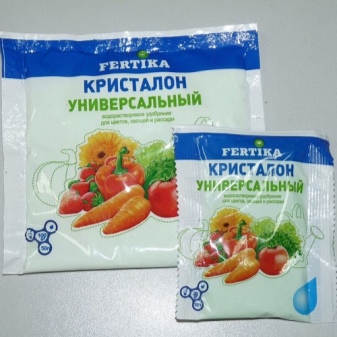
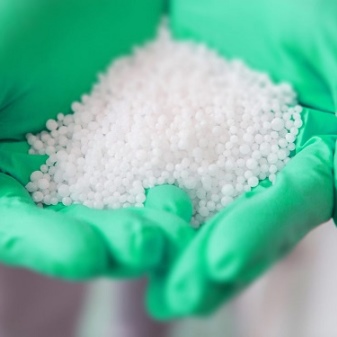
Through the fertigation system, you can add all the nutrients required by the plants. But in most cases, they are limited to phosphorus, nitrogen and potassium. Calcium and magnesium supplements are less commonly practiced. Fertigation with microelements is recommended only for those rare cases when foliar dressings cannot be dispensed with. When selecting specific fertilizers, be sure to pay attention to:
- the actual needs of crops;
- phases of their growth and development;
- interaction between ions;
- specificity of the soil;
- water characteristics;
- cost and prevalence of fertilizers;
- compatibility of dressings with each other.
For convenience, the life cycle of all plants is divided into 3 main periods: from the formation of seedlings or planting in finished form to flowering, from the formation of flowers to the folding of fruits; progress and completion of fruiting. In each of these periods, fertigation solves specific problems. As with conventional fertilizing, many fertilizers should be avoided just before and during fruiting. This can lead to hazardous connections. At each stage, the optimal proportion between nutrients is still maintained and the interaction of their specific forms is taken into account.
On alkaline soils, nitrogen fertilizers and urea work well. Ammonium can also be used without special restrictions, as well as potassium micro, macrofertilizers in chelated form. The only exception is Fe2 +. On acidic soils, it is inappropriate to use physiologically acidic nitrogen mixtures, as well as phosphoric acid.
When choosing between compositions of equal type of action, the temperature of the earth is also taken into account.
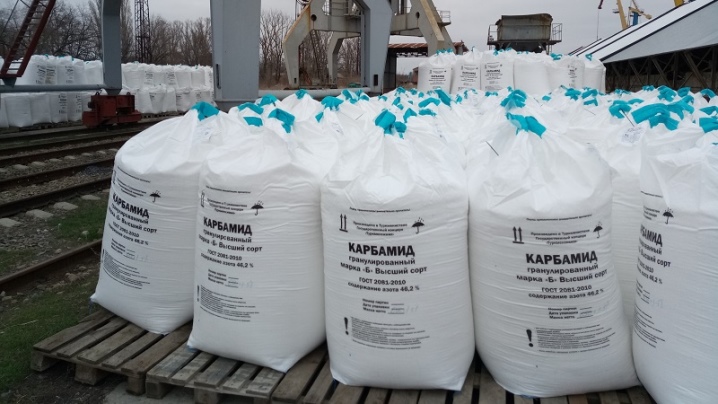
In the next video you will see the fertigation of a hazelnut garden with a Venturi ejector.













The comment was sent successfully.